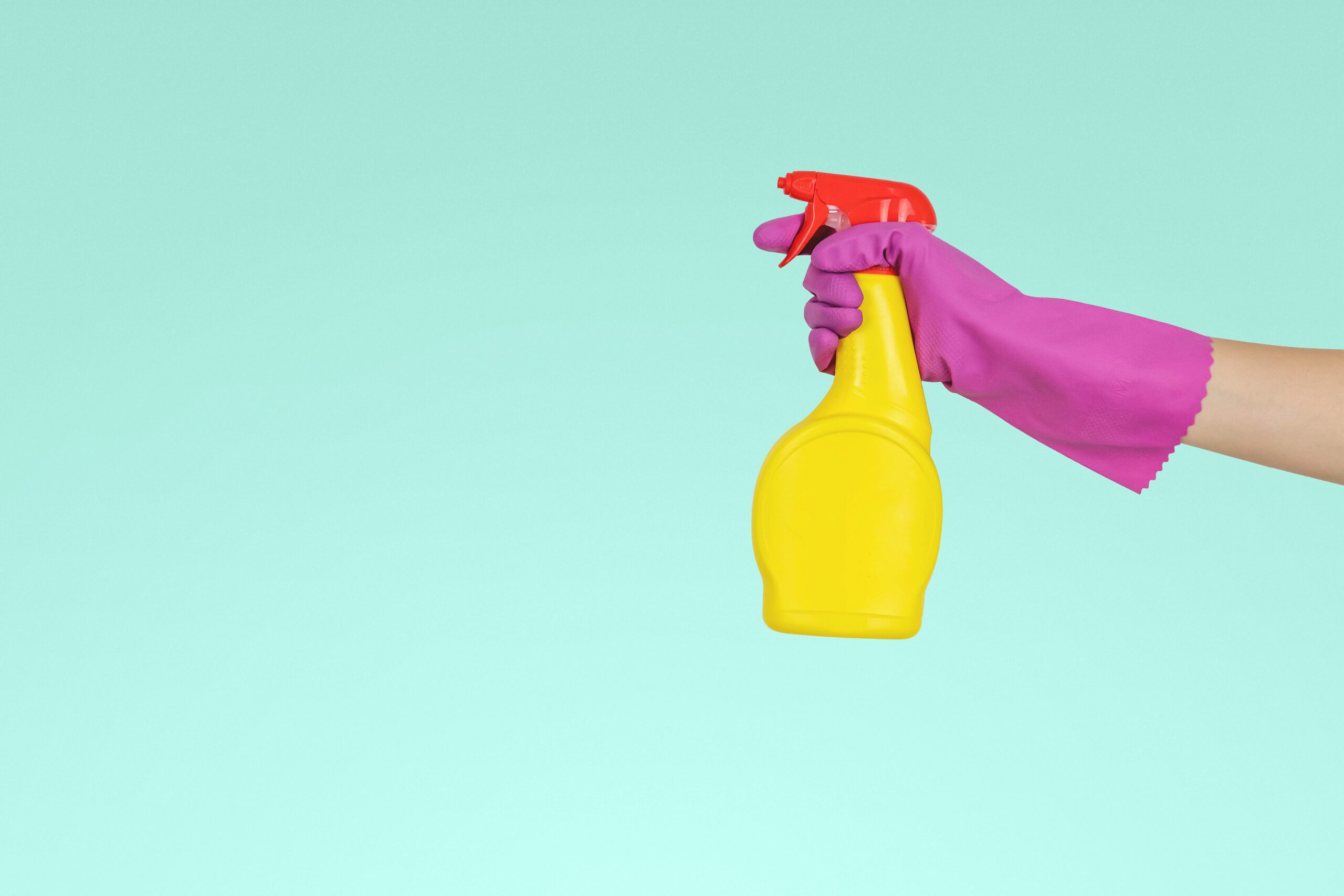When you move out of a rental property, you will need to restore the apartment to its original condition. There are various precautions to follow in this restoration process, so learn the proper way to do it so you can avoid problems.
If you want to know the steps to follow when moving out, check out this article!
What is Restoration?
The lease contract basically specifies the rules for restoring the room to its original condition. This means that the person who rented the room must repair any parts of the room that were stained or damaged during the tenancy before moving out. Natural deterioration of walls and floors is not included in the obligation of restoration but is limited to damage caused by the tenant’s intentional or negligent actions.
If the restoration is inadequate, the cost of restoring the property will be deducted from the security deposit that will be returned to you when you move out. In addition, if the security deposit is insufficient, you may be charged separately for the cost.
Examples of Typical Restoration Objectives
Scratches and holes in the wallpaper
Many rental houses in Japan use vinyl cloth wallpaper for their walls. The advantage is that it is durable and easy to wipe clean, but it is easily scratched.
Small holes made by thumbtacks to hang pictures on the walls, scratches by children or pets, and large dents caused by bumping are subject to restoration. Stains on wallpaper and cigarette stains must also be restored.
Scratches on the floor
If you drop something and make a scratch or dent on the floor, it may be subject to restoration. On the other hand, dents on the floor where furniture such as beds and refrigerators are placed are not subject to restoration costs, as they are considered to be natural defects that occur during the use of the apartment.
Stains on stoves, ventilation fans, and water-related surfaces
If the stove is heavily soiled with grease or the ventilation fan is covered with dust, restoration costs may be incurred due to the high cost of cleaning. In addition, mold and stains on bathtubs and sinks may also be subject to restoration if they are in poor condition, so it is important to clean them frequently on a daily basis.
Avoid Paying Expensive Restoration Fees
Things to keep in mind on a daily basis
If the room is not fully restored to its original condition at the time of handover, expensive restoration costs may be charged. Therefore, it is important to keep the room clean on a regular basis.
Clean the room frequently on a daily basis
Daily care is especially important for water areas such as sinks and bathtubs, ventilation fans that easily collect dust, and stove areas that easily become stained with grease. In addition, leaving condensation on windows can cause mold to grow, so be sure to wipe off the moisture on windowpanes regularly.
Utilize preventive products
While regular cleaning is of course necessary, it is also important to prevent mold and dirt from attaching. Various convenient goods are available at pharmacies and home centers, such as anti-mold fumigants for baths, water stain prevention sprays, and anti-mold sprays that can be used throughout the house. You can also use these products for the purpose of making everyday cleaning easier.
If the walls and floors need to be replaced, you may be charged a restoration fee of more than 100,000 yen. By utilizing protective sheets for wall cloths and carpets, you can prevent such major damage from occurring.
When you move out, clean the room thoroughly, take out the garbage, and remove all furniture and curtains that you brought in yourself. Clean every corner of the house to prevent a claim for restoration payments.
When you damage the property
If you damage the walls or floors or break any of the fixtures in the apartment, take action according to the terms of the rental agreement. Basically, you are supposed to contact the management company and ask the vendor designated by the management company to repair the damage.
If the vendor handles the damage, the billing cost may be high. If the damage is simple, such as a tiny hole in the wall, you can repair it yourself using repair supplies available at a DIY store.
However, if you hire a company to repair the walls and floors at your own discretion, you may have problems with the management company or owner later on. It is a good idea to check with the management company about how you should handle the situation in advance when you move in.
Be careful when moving in
It is essential to check the condition of the room when you move in, in order to properly restore the room to its pre-move-in condition and avoid paying restoration fees. Check the room and facilities in every corner before moving in furniture, and take pictures of them.
Also, if there are already any scratches or imperfections when you move in, let the management company know in advance. This will help prevent claims due to deficiencies not caused by you. Sometimes the management company will provide you with a checklist of facilities, so be sure to fill out the form and submit it to the company.
Summary
If you fail to restore the property to its original condition when you vacate, you may have to pay a large number of fees. Be sure to prevent this in advance and clean up regularly to avoid unnecessary expenses.
If you are thinking of moving but have not yet decided on a new place to live:
SUGEE Housing, operated by SUGEE, is a real estate agent service specializing in foreign nationals. We have English-speaking consultants ready to assist you in your apartment hunting. If you are looking for a new place to live in Japan, please feel free to contact us.
Talk to a SUGEE’s consultant:
Notes for the readers:
Under no circumstances shall the Company or its affiliates, partners, suppliers, or licensors be liable for any indirect, incidental, consequential, special, or exemplary damages arising out of or in connection with your access or use of or inability to access or use the application and any third-party content and services, whether or not the damages are foreseeable and whether or not the company was advised of the possibility of such damages, without limiting the generality of the foregoing, company’s aggregate liability to you (whether under contract, tort, statute, or otherwise). The foregoing limitations will apply even if the above-stated remedy fails its essential purpose. This article was written on 15 April 2022.
Related Articles
How to Rent a House in Japan
9 Things You Must Do When Moving in Japan
Reference
[1] Mitsui Fudosan Residential Lease Co., Ltd. “どう違う?紛らわしい用語解説「原状回復」「現状回復」「原状復帰」.” 17 March 2020, Retrieved 15 July 2022 from
[2] 国土交通省. “「原状回復をめぐるトラブルとガイドライン」について.” Retrieved 15 July 2022 from https://www.mlit.go.jp/jutakukentiku/house/jutakukentiku_house_tk3_000020.html.
[3] アーク引っ越しセンター. “賃貸物件から引っ越す時の「原状回復」。どこまでする必要がある?トラブルの原因とは?.” Retrieved 15 July 2022 from https://www.0003.co.jp/aruaru/topics35.html.


